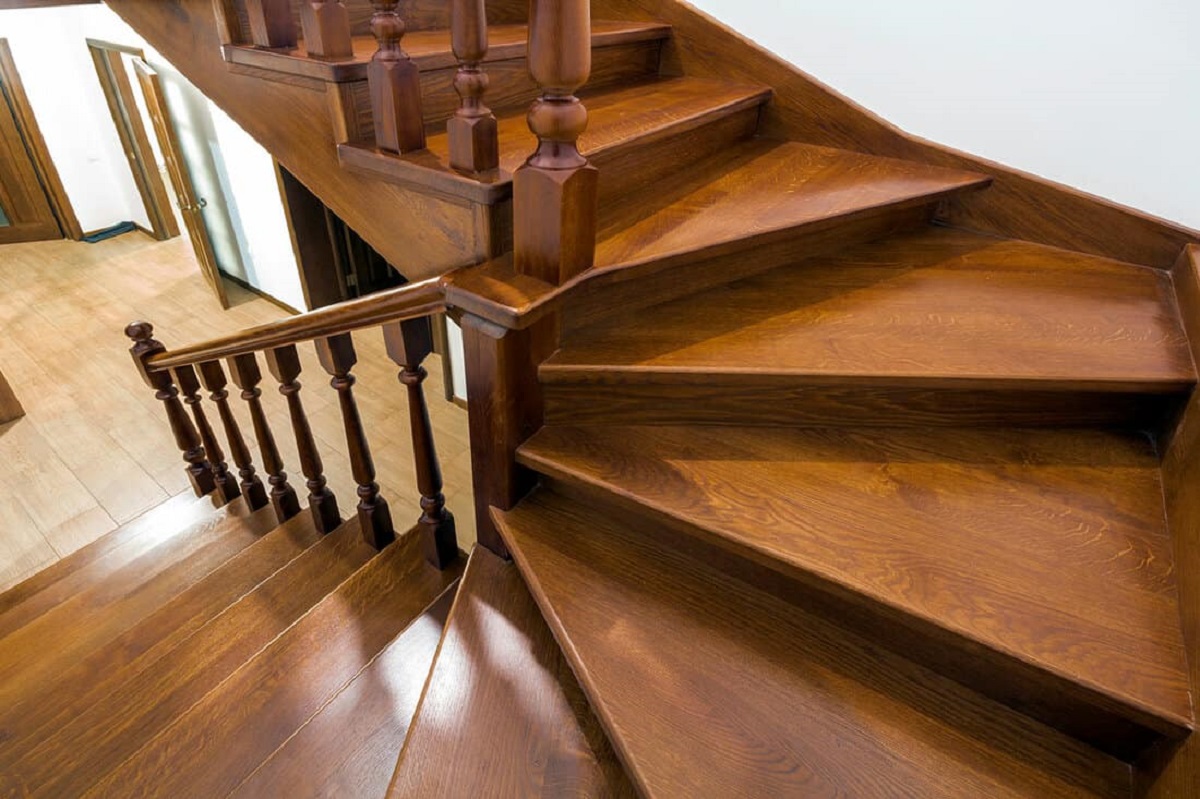

Articles
What Polyurethane Finish To Use On Stairs
Modified: January 5, 2024
Discover the best polyurethane finish for stairs in this informative article. Whether you're refinishing or starting from scratch, find the perfect solution for your staircase.
(Many of the links in this article redirect to a specific reviewed product. Your purchase of these products through affiliate links helps to generate commission for Storables.com, at no extra cost. Learn more)
Introduction
When it comes to finishing and protecting stairs, polyurethane is a popular choice due to its durability, versatility, and long-lasting properties. However, with various types of polyurethane finishes available on the market, choosing the right one for your stairs can be a daunting task.
In this article, we will take a closer look at the different factors to consider when selecting a polyurethane finish for stairs. We will explore the advantages and disadvantages of water-based and oil-based polyurethane, as well as the option of polyurethane with added durability. Additionally, we will discuss the choice between a matte or glossy finish and provide insights into how to properly apply and maintain polyurethane on stairs.
By the end of this article, you will have a comprehensive understanding of the various polyurethane finishes available and be equipped to make an informed decision that best suits your needs and preferences.
Key Takeaways:
- Choose water-based polyurethane for quick drying, low odor, and environmental friendliness. Opt for oil-based polyurethane for exceptional durability and a smoother application process, ideal for high-traffic areas.
- Consider specialty polyurethane finishes for added protection, and decide between matte or glossy finishes based on personal style and desired atmosphere. Proper application and regular maintenance are essential for long-lasting, beautiful stairs.
Factors to Consider
When choosing a polyurethane finish for your stairs, it’s crucial to consider a few key factors to ensure you make the right choice. These factors include the level of foot traffic on your stairs, the desired level of durability, the aesthetic preferences, and the environmental impact. Let’s delve into each of these factors in more detail.
1. Foot Traffic: Consider how much foot traffic your stairs typically experience. If they are heavily used, such as in a busy household or commercial setting, you’ll want to opt for a polyurethane finish that offers exceptional durability and can withstand wear and tear over time. On the other hand, if your stairs receive minimal use, you may have more flexibility in choosing a less durable finish.
2. Durability: The level of durability you require will depend on personal preference and the specific needs of your stairs. Oil-based polyurethane typically provides a higher level of durability and can better withstand scratches, scuffs, and general wear and tear. However, water-based polyurethane has seen improvements in recent years, offering competitive durability and often drying faster than oil-based options.
3. Aesthetics: Consider the desired look and feel of your stairs. Do you prefer a matte or glossy finish? Matte finishes provide a more natural and subdued appearance, while glossy finishes offer a sleek and polished look. The choice between the two largely depends on personal preference and the overall aesthetic of your space.
4. Environmental Impact: If you are concerned about the environmental impact of the products you use, consider opting for water-based polyurethane. It has a lower VOC (volatile organic compounds) content compared to oil-based polyurethane, making it a more eco-friendly option. However, it’s important to note that both types of polyurethane may contain some level of VOCs, so proper ventilation during application is essential.
Considering these factors will help you narrow down your options and ensure that you choose a polyurethane finish that is well-suited for your specific stair needs. Next, let’s explore the differences between water-based and oil-based polyurethane to help you make an informed decision.
Water-Based Polyurethane
Water-based polyurethane is a popular choice for finishing stairs due to its ease of use, quick drying time, and low odor. It is a waterborne coating that contains polyurethane resins, along with other additives and solvents. Here are some key points to consider when using water-based polyurethane:
- Quick Drying: Water-based polyurethane typically dries faster than oil-based options. This means you can apply multiple coats in a shorter period, reducing the overall time spent on the project.
- Low Odor: Unlike oil-based polyurethane, which can emit strong fumes during application and curing, water-based polyurethane has a milder odor. This makes it a more suitable choice for indoor applications where ventilation may be limited.
- Clear and Non-Yellowing: Water-based polyurethane tends to remain clear and non-yellowing over time, preserving the natural color and beauty of the wood. This is especially important if you are looking to maintain a light or natural finish on your stairs.
- Easy Cleanup: Water-based polyurethane can be easily cleaned up with soap and water, making the application process and post-application maintenance hassle-free. This also means that you can reuse brushes and tools without worrying about the need for harsh solvents.
- Lower VOC Content: Water-based polyurethane has a lower VOC content compared to its oil-based counterpart, which makes it a more environmentally friendly choice. However, it’s important to note that even water-based polyurethane may emit some level of VOCs, so proper ventilation is still necessary during application.
Overall, water-based polyurethane is a convenient and environmentally friendly option for finishing stairs. Its quick drying time, low odor, and easy cleanup make it ideal for both DIY enthusiasts and professionals. However, keep in mind that it may not provide the same level of durability as oil-based polyurethane, so consider the level of foot traffic on your stairs when making your decision.
Oil-Based Polyurethane
Oil-based polyurethane is a traditional and widely used choice for finishing stairs. It is a solvent-based coating that contains polyurethane resins, along with other additives and oils. Here are some key points to consider when using oil-based polyurethane:
- High Durability: Oil-based polyurethane is known for its high level of durability and ability to withstand heavy foot traffic. It provides a hard and protective layer on the stairs, making it resistant to scratches, scuffs, and wear and tear. This makes it an ideal choice for stairs that experience frequent use.
- Ambering Effect: One characteristic of oil-based polyurethane is its tendency to develop an amber or golden hue over time. While this can enhance the warmth and richness of certain wood types, it may not be desirable for those seeking a clear or natural finish.
- Longer Drying Time: Compared to water-based polyurethane, oil-based polyurethane generally has a longer drying time. This means you will need to wait longer between coats and allow sufficient curing time before using the stairs.
- Strong Odor: Oil-based polyurethane emits a strong smell during application and curing. Adequate ventilation is essential to minimize the odor, and protective masks may be necessary to avoid inhaling the fumes.
- Smoother Application: Due to its longer drying time, oil-based polyurethane tends to yield a smoother finish with fewer brush strokes and imperfections. This makes it a preferred option for users who prioritize a flawless and professional-looking result.
Oil-based polyurethane is a reliable choice for stairs that require maximum durability. Its ability to withstand heavy foot traffic and provide a long-lasting protective barrier makes it suitable for both residential and commercial settings. However, keep in mind that the ambering effect and strong odor may not be desirable for those seeking a clear and odor-free finish.
Polyurethane with Added Durability
In addition to standard water-based and oil-based polyurethane finishes, there are specialty options available that offer added durability. These polyurethane finishes are specifically formulated to provide enhanced protection against various forms of wear and damage. Here are a few examples of polyurethane finishes with added durability:
- High-Traffic Polyurethane: Designed for areas that experience heavy foot traffic, high-traffic polyurethane is formulated to withstand the rigors of everyday use. It offers exceptional durability, scratch resistance, and impact resistance, making it ideal for stairs in commercial spaces or busy households.
- UV-Resistant Polyurethane: If your stairs are exposed to direct sunlight or other sources of UV radiation, consider using UV-resistant polyurethane. This specialized finish helps protect the wood surface from fading, discoloration, and damage caused by UV rays.
- Moisture-Resistant Polyurethane: For stairs in areas prone to moisture, such as basements or bathrooms, moisture-resistant polyurethane is a wise choice. This type of finish forms a protective barrier against water damage, preventing warping, swelling, and decay of the wood.
Polyurethane finishes with added durability provide an extra layer of protection to ensure the longevity and appearance of your stairs. It is important to assess the specific needs of your stairs and choose the appropriate finish accordingly. Keep in mind that specialized polyurethane finishes may be slightly more expensive than regular options, but the added benefits they offer can be well worth the investment in the long run.
When choosing a polyurethane finish for stairs, opt for a durable and high-traffic formula such as a water-based polyurethane. This will provide excellent protection against wear and tear.
Read more: How Many Coats of Polyurethane On Stairs
Matte or Glossy Finish
Choosing between a matte or glossy finish is a matter of personal preference and the overall aesthetic you want to achieve for your stairs. Each finish has its own unique characteristics and impact on the appearance of the wood. Here is a breakdown of the differences between matte and glossy finishes:
- Matte Finish: A matte finish has a smooth and non-reflective appearance. It provides a more natural and subtle look, allowing the wood’s grain and texture to be more prominent. Matte finishes are typically recommended for those who prefer a more understated and rustic feel to their stairs. They are also more forgiving when it comes to showing imperfections or scratches over time.
- Glossy Finish: A glossy finish has a shiny and reflective surface that enhances the richness and depth of the wood. It lends a sleek and polished look to the stairs, making them appear more formal and contemporary. Glossy finishes are often favored for their ability to create a visually striking impact and provide a smooth, easy-to-clean surface. However, they are more prone to showing fingerprints, dust, and scratches, requiring more maintenance to keep them looking pristine.
The choice between a matte or glossy finish ultimately depends on your personal style and the desired atmosphere of your space. Consider the existing decor and architectural elements of your staircase when making this decision. If you have a more traditional or rustic interior, a matte finish may complement the overall vibe. On the other hand, if you have a modern or glamorous setting, a glossy finish can add a touch of sophistication.
It’s worth noting that some polyurethane finishes offer a satin or semi-gloss option, which provides a middle ground between matte and glossy. These finishes offer a subtle sheen that strikes a balance between the two extremes and can be a versatile choice for various design preferences.
Ultimately, the decision between a matte or glossy finish is a personal one that depends on your aesthetic vision and practical considerations. Think about the overall style of your space and your preferences concerning maintenance and appearance when selecting the desired finish for your stairs.
Applying Polyurethane on Stairs
Proper application of polyurethane on stairs is essential to achieve a beautiful and long-lasting finish. Here are some steps to follow when applying polyurethane:
- Preparation: Start by preparing the stairs. Remove any carpeting, adhesive residue, or previous coatings. Sand the surface to create a smooth and clean base. Wipe away any dust or debris with a damp cloth.
- Choose the Right Tools: Select the appropriate tools for the job. Use a high-quality brush or foam applicator to apply the polyurethane. A brush with synthetic bristles is recommended for water-based polyurethane, while a natural bristle brush is suitable for oil-based polyurethane.
- Stir the Polyurethane: Thoroughly stir the polyurethane to ensure an even consistency. Avoid shaking the container, as this can introduce air bubbles into the finish.
- Apply the First Coat: Begin by applying a thin and even coat of polyurethane. Work your way from top to bottom, starting with the vertical surfaces and then moving to the horizontal treads. Follow the grain of the wood to achieve a smooth and uniform application. Allow the first coat to dry according to the manufacturer’s instructions.
- Sand and Clean: Lightly sand the dried first coat with fine-grit sandpaper to remove any imperfections or roughness. Wipe away the dust with a tack cloth or vacuum to ensure a clean surface for the next coat.
- Apply Additional Coats: Apply two or three more coats of polyurethane, following the same process of applying, drying, sanding, and cleaning between each coat. Multiple thin coats are better than a single thick coat for a smoother and more durable finish.
- Curing Time: Allow the final coat to dry and cure fully, following the manufacturer’s recommended curing time. This step is crucial to ensure the polyurethane hardens and provides optimal protection.
- Post-Application Maintenance: After the polyurethane has completely cured, take proper care of your stairs. Avoid dragging heavy objects, remove spills promptly, and use furniture protectors to prevent scratches. Regularly clean the stairs with a damp cloth or soft mop and avoid using abrasive cleaners.
Remember to work in a well-ventilated area and follow the safety guidelines provided by the manufacturer. Proper application techniques and attention to detail will result in a professional-looking finish that enhances the beauty and durability of your stairs.
Maintenance and Upkeep
Maintaining the beauty and longevity of your stairs after applying polyurethane requires regular upkeep. Here are some tips to ensure proper maintenance:
- Regular Cleaning: Clean your stairs regularly to remove dust, dirt, and debris. Use a soft, damp cloth or a mild wood cleaner to wipe down the surface. Avoid harsh chemicals or abrasive cleaners, as they can damage the polyurethane finish.
- Protective Measures: Use mats or rugs in high-traffic areas to prevent excessive wear on the stairs. Place floor protectors or felt pads on furniture legs to avoid scratching the polyurethane surface when moving items.
- Immediate Spill Cleanup: Promptly clean up any spills or accidents to prevent staining or damage to the finish. Blot the affected area with a clean cloth and mild cleaner, then dry it thoroughly.
- Avoid Excessive Moisture: Limit exposure to excessive moisture, as it can lead to warping or damage to the wood and the polyurethane finish. Wipe up any spills promptly and avoid using excessive amounts of water during cleaning.
- Regular Inspection: Regularly inspect the stairs for any signs of wear, such as scratches, scuffs, or worn-out areas. Address any issues promptly by spot-treating or applying a fresh coat of polyurethane if necessary.
- Periodic Maintenance: Depending on the level of foot traffic and wear, periodic maintenance may be required. This can include lightly sanding the surface to smooth out imperfections or applying a maintenance coat of polyurethane to refresh the finish.
- Professional Refinishing: Over time, the polyurethane finish may wear down or become damaged beyond regular maintenance. In such cases, it may be necessary to seek professional refinishing services to strip the old finish and apply a fresh coat of polyurethane for a renewed and durable finish.
By following these maintenance tips, your polyurethane-finished stairs will maintain their beauty and protect the underlying wood for years to come. Regular care and attention will help extend the lifespan of the finish and ensure that your stairs continue to look their best.
Conclusion
Choosing the right polyurethane finish for your stairs is an important decision that can greatly impact their appearance and durability. By considering factors such as foot traffic, desired durability level, aesthetic preferences, and environmental impact, you can make an informed choice that best fits your needs.
Water-based polyurethane offers quick drying time, low odor, and ease of cleanup, making it a convenient choice for many homeowners. Oil-based polyurethane, on the other hand, provides exceptional durability and a smoother application process, making it ideal for high-traffic areas.
If you require even greater durability, specialty polyurethane finishes are available, such as high-traffic, UV-resistant, and moisture-resistant options. These finishes offer enhanced protection and cater to specific needs.
Deciding between a matte or glossy finish ultimately depends on personal preference and the desired atmosphere for your staircase. Matte finishes provide a more natural and subtle look, while glossy finishes offer a polished and formal appearance. Consider the existing decor and architectural elements when making your decision.
When applying polyurethane on stairs, proper preparation, choosing the right tools, and applying multiple thin coats are key for achieving a professional result. Regular maintenance, including regular cleaning, protective measures, and prompt spill cleanup, will help preserve the finish and protect against wear and tear.
In conclusion, selecting the right polyurethane finish and maintaining it properly will ensure that your stairs remain beautiful, durable, and functional for years to come. Consider your specific needs, preferences, and priorities when making your decision, and remember to prioritize regular upkeep to keep your stairs looking their best.
Frequently Asked Questions about What Polyurethane Finish To Use On Stairs
Was this page helpful?
At Storables.com, we guarantee accurate and reliable information. Our content, validated by Expert Board Contributors, is crafted following stringent Editorial Policies. We're committed to providing you with well-researched, expert-backed insights for all your informational needs.
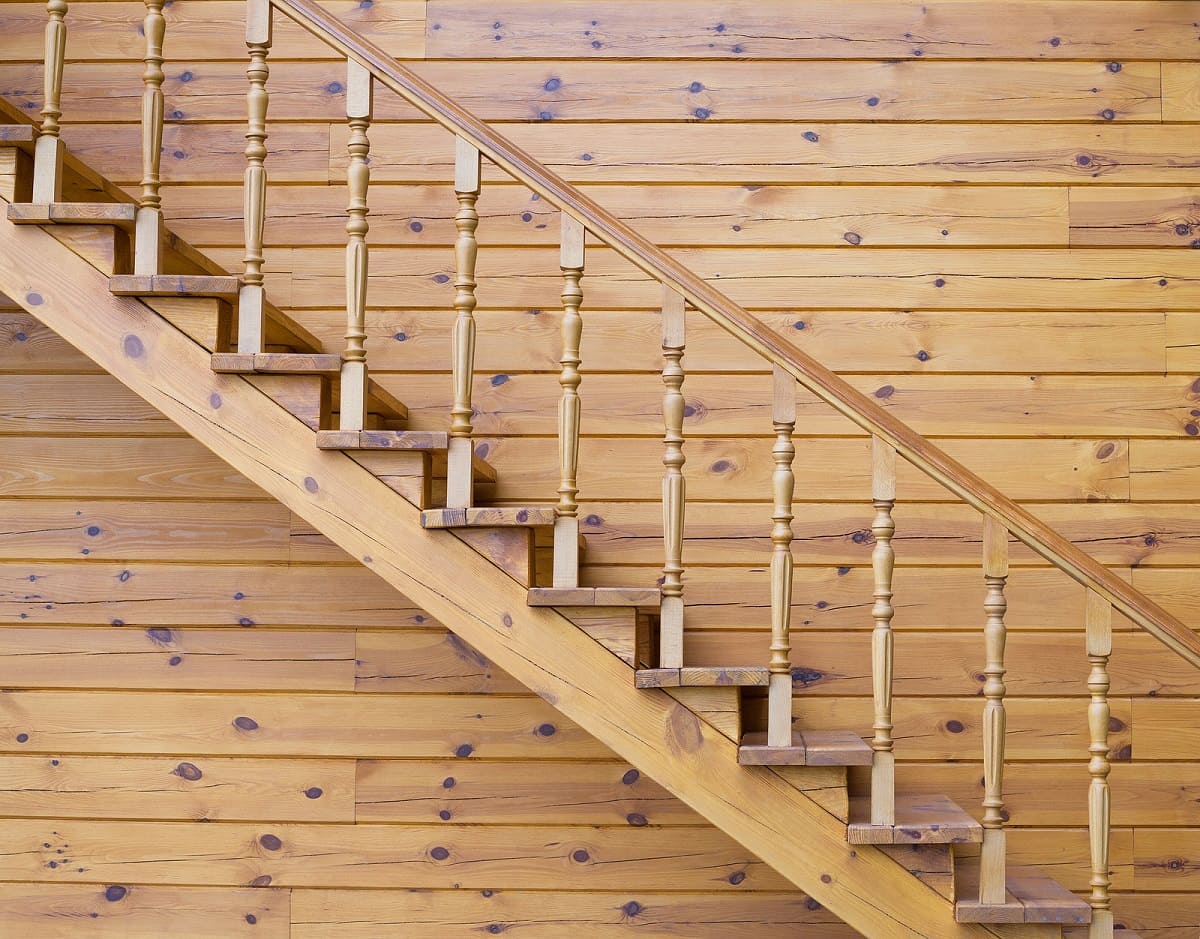
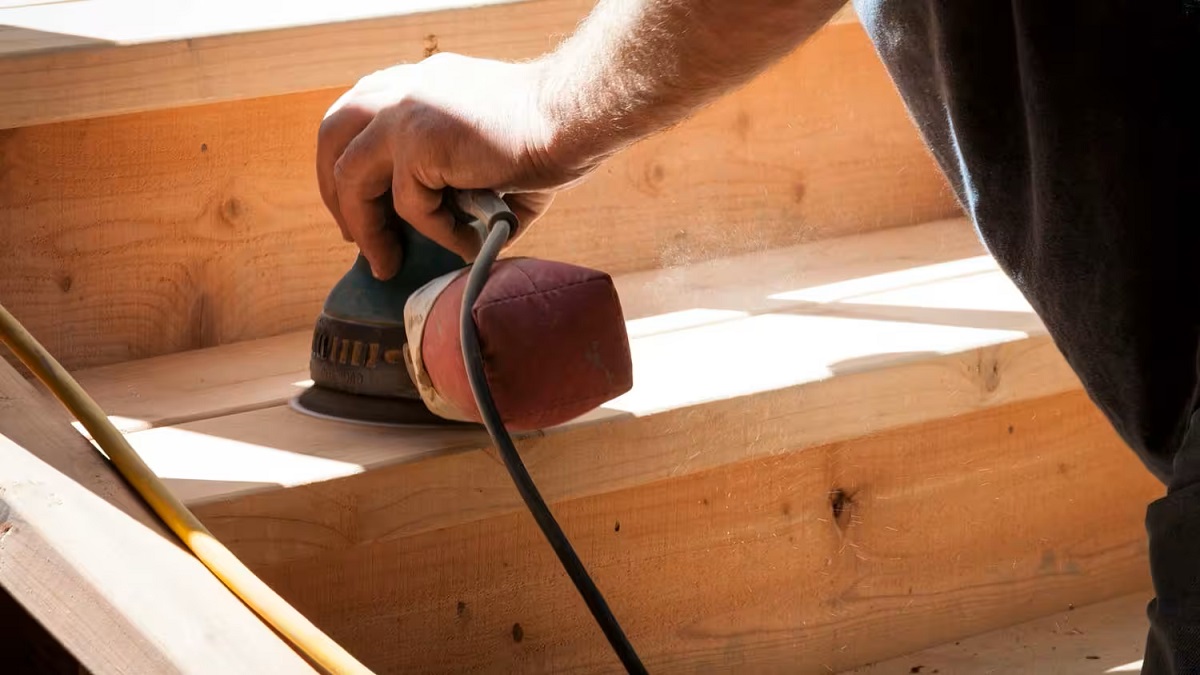
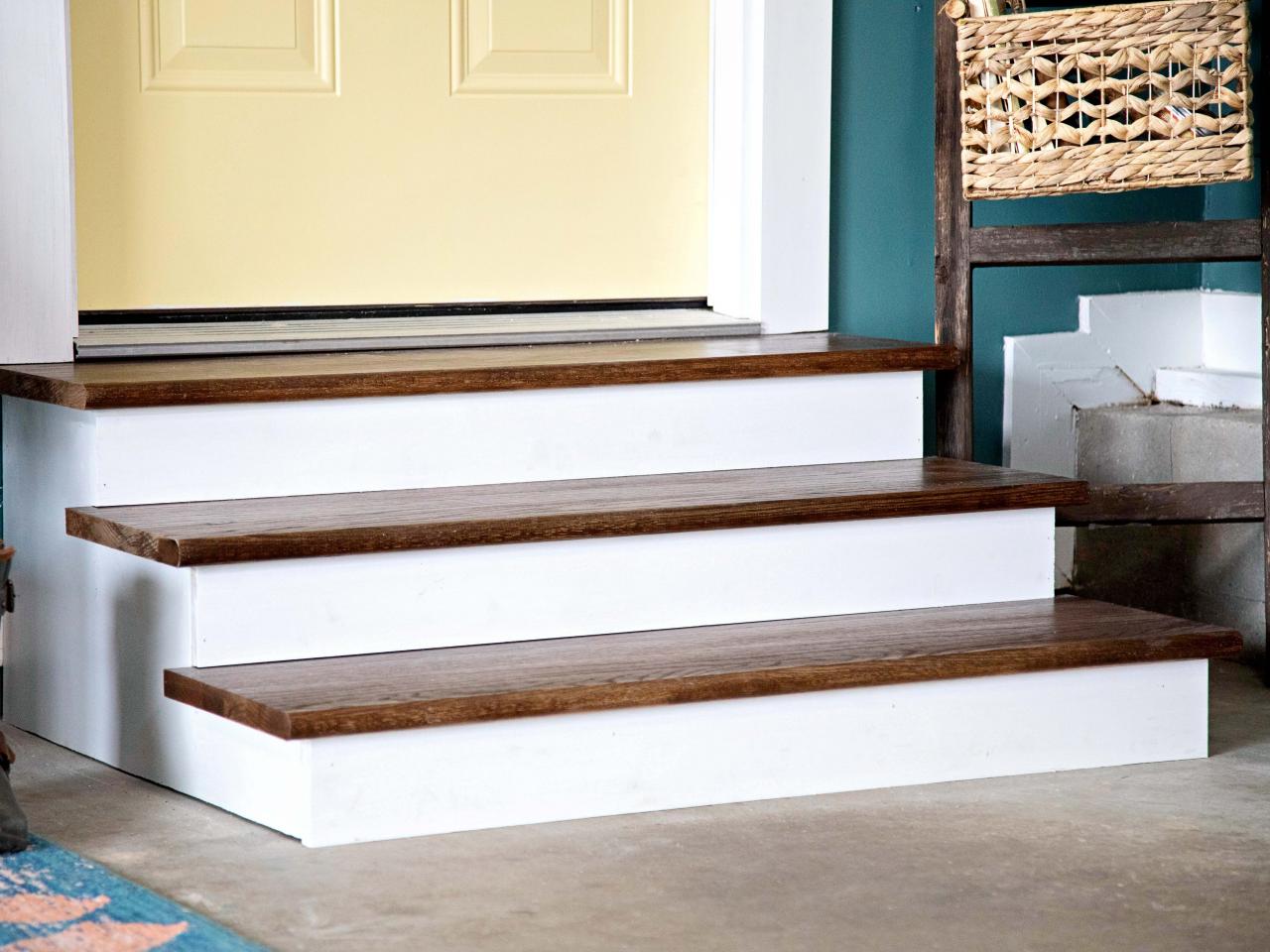

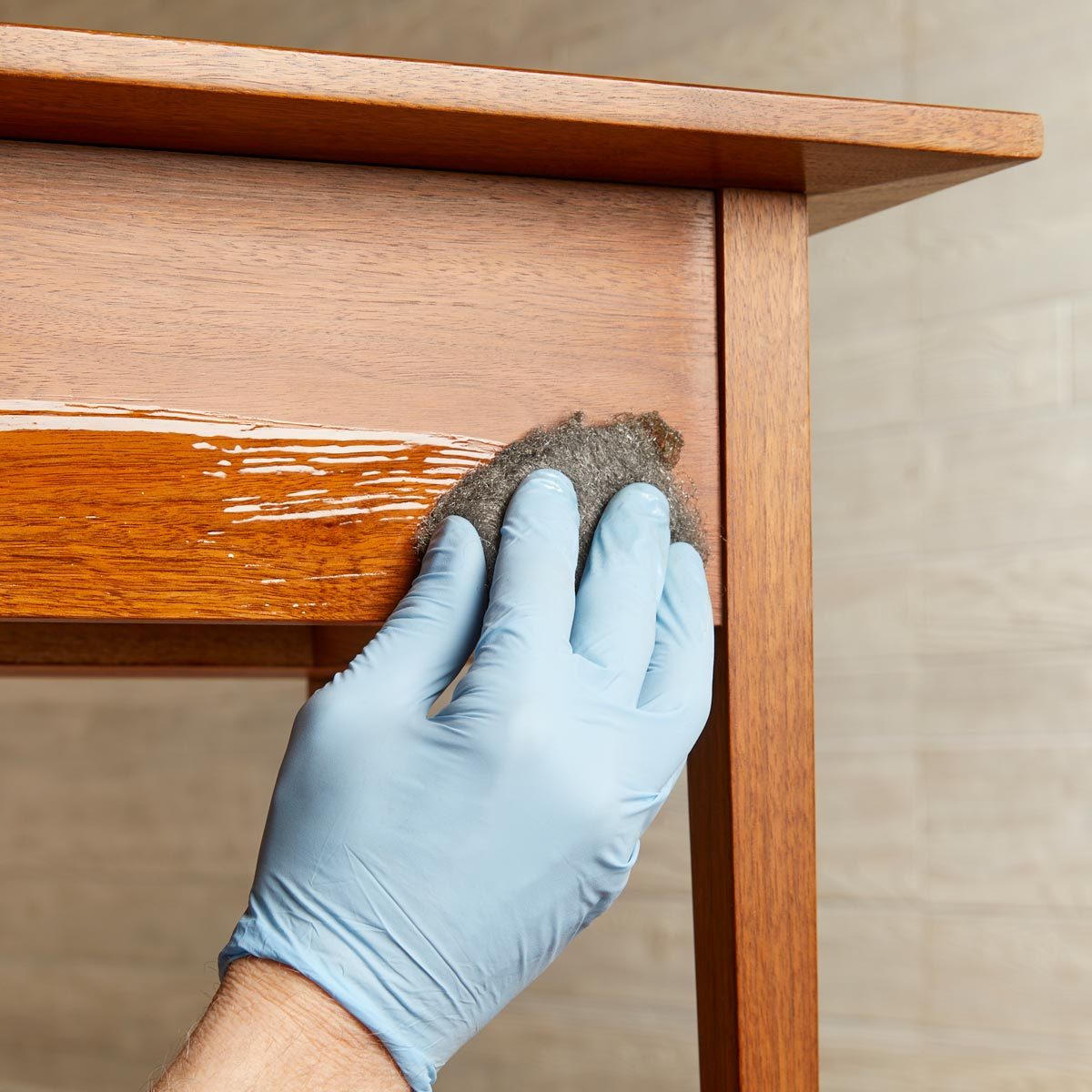

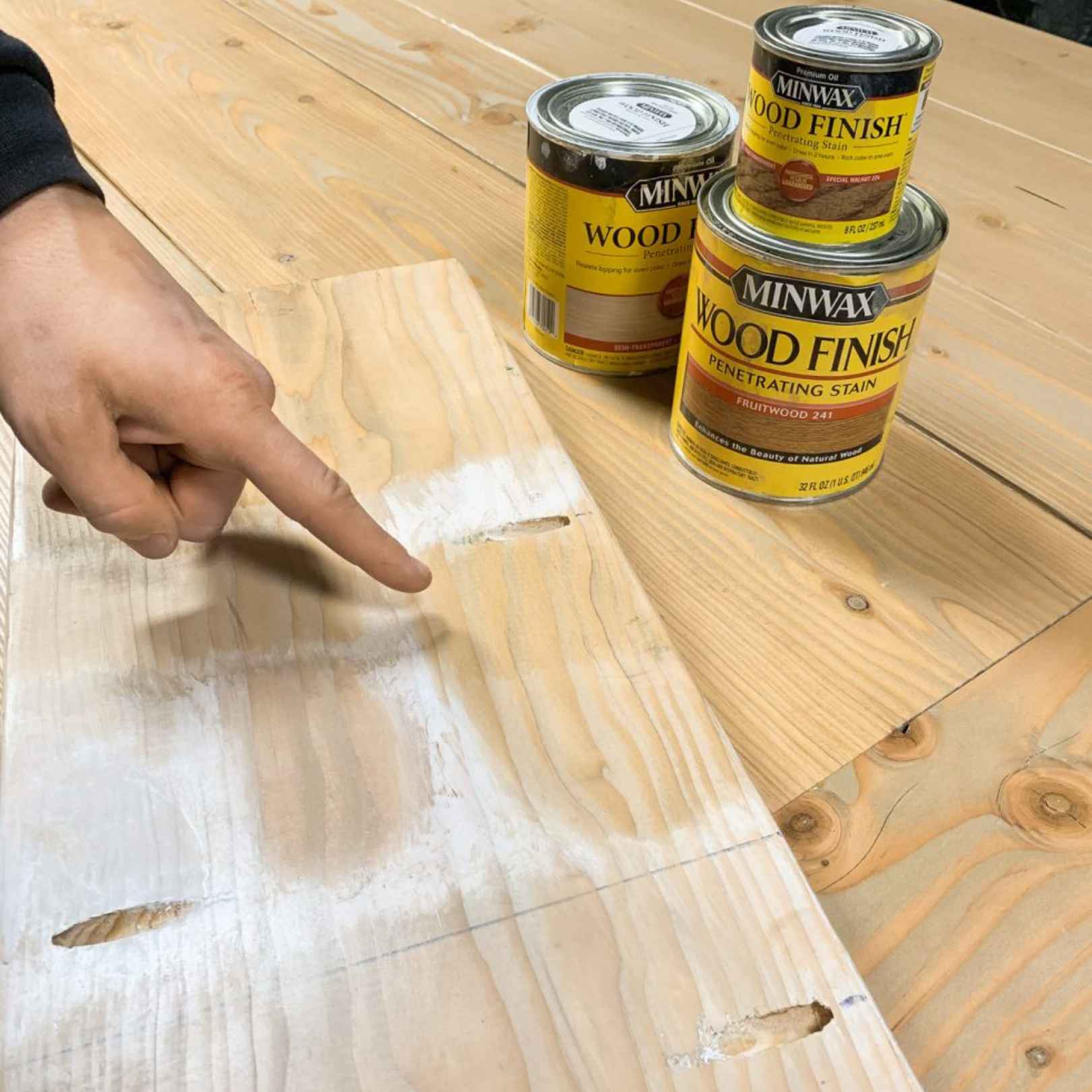
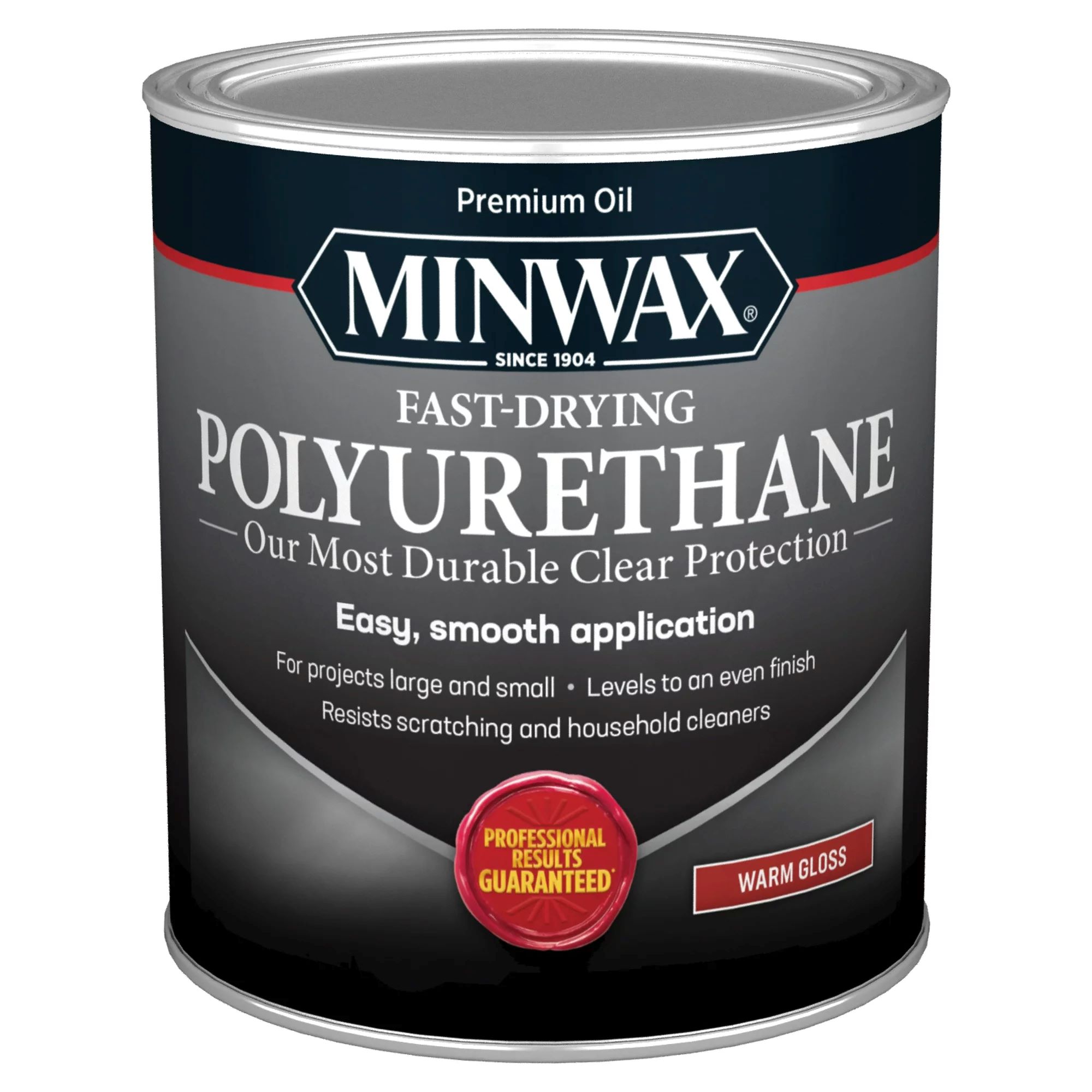
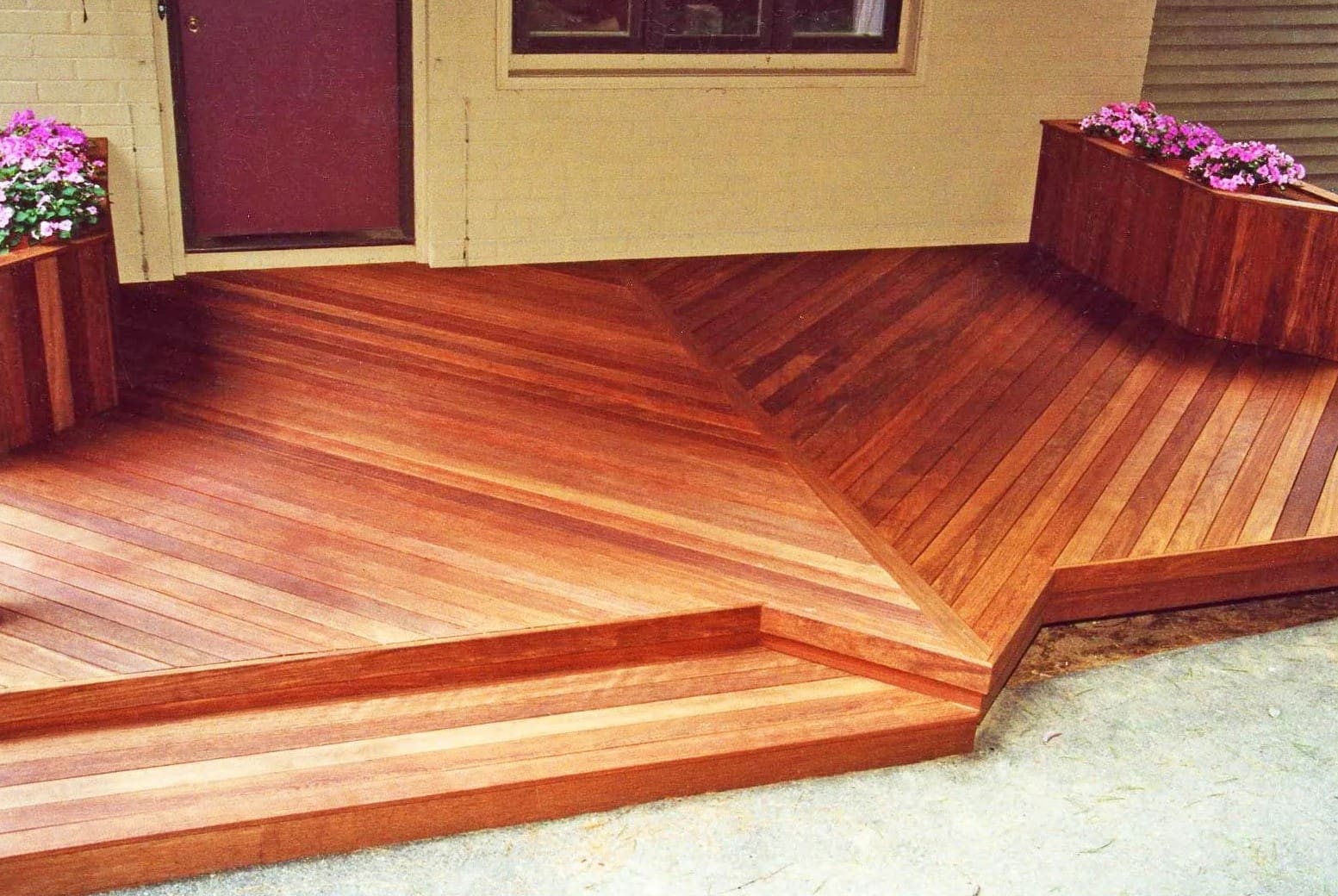
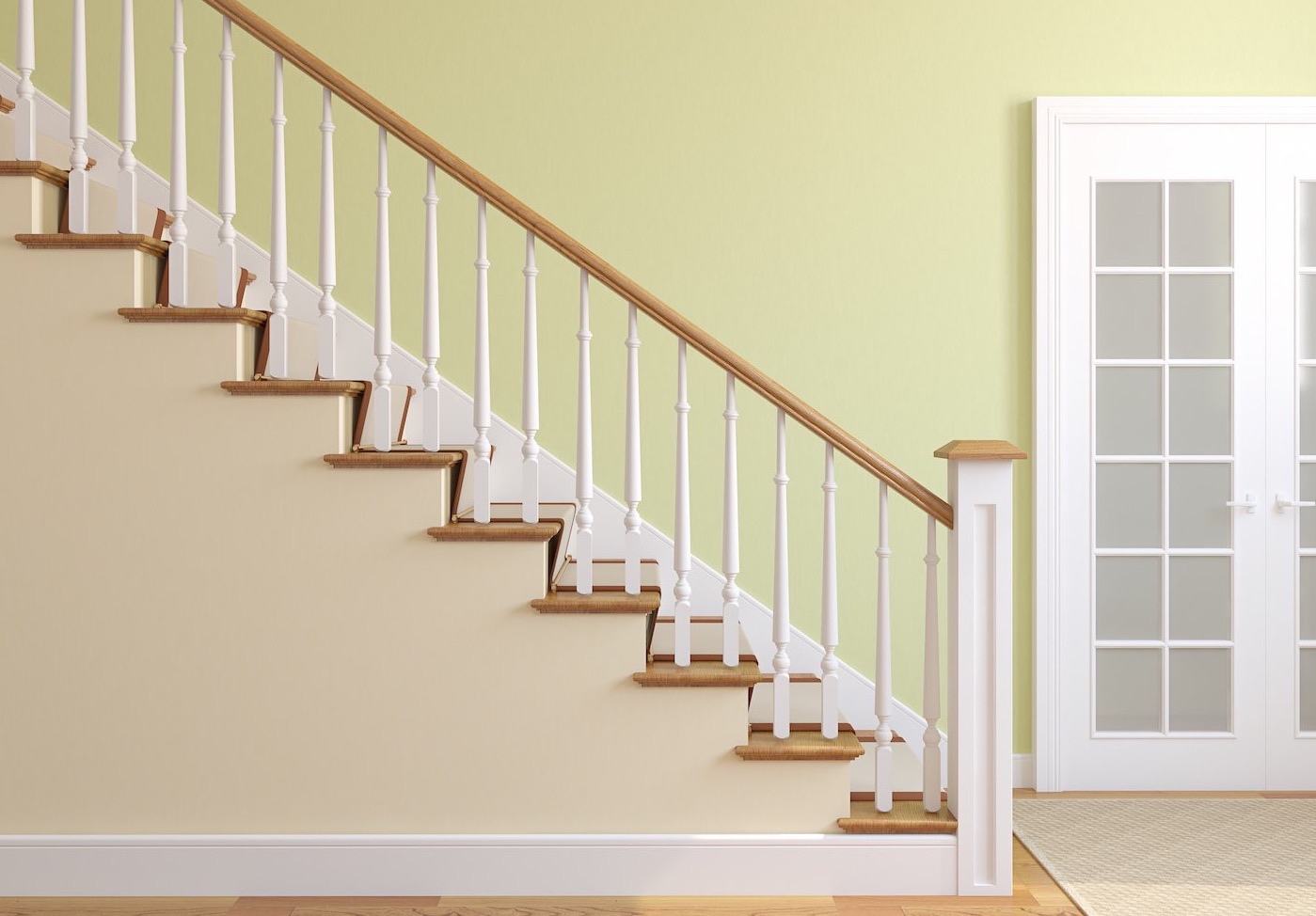
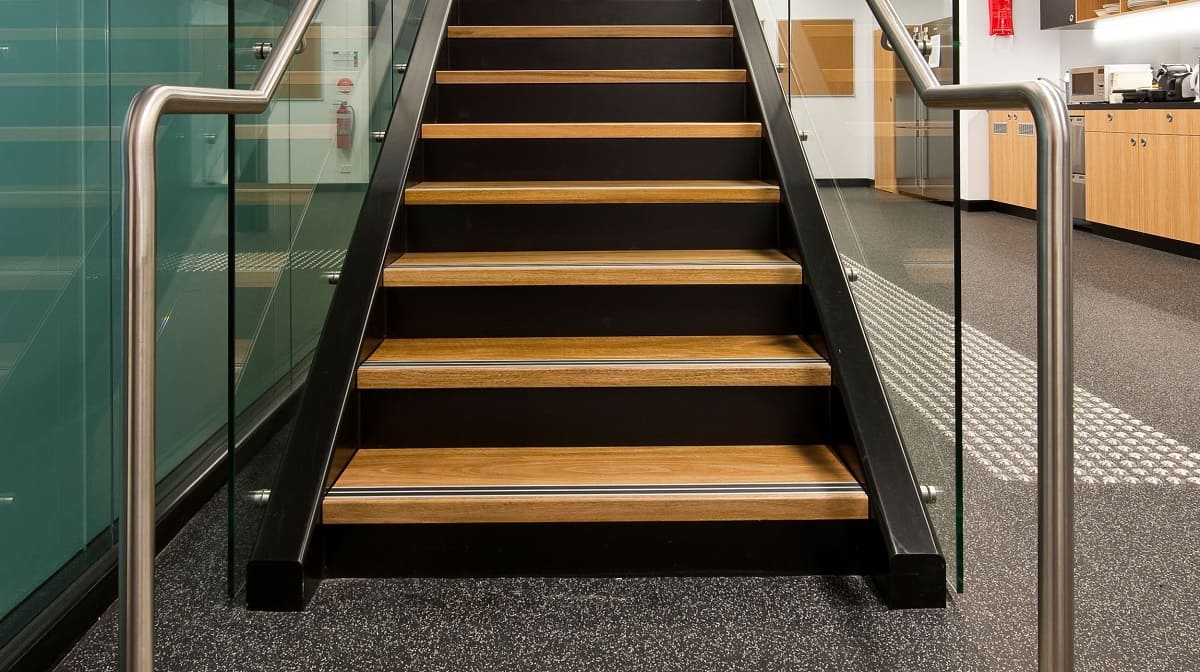
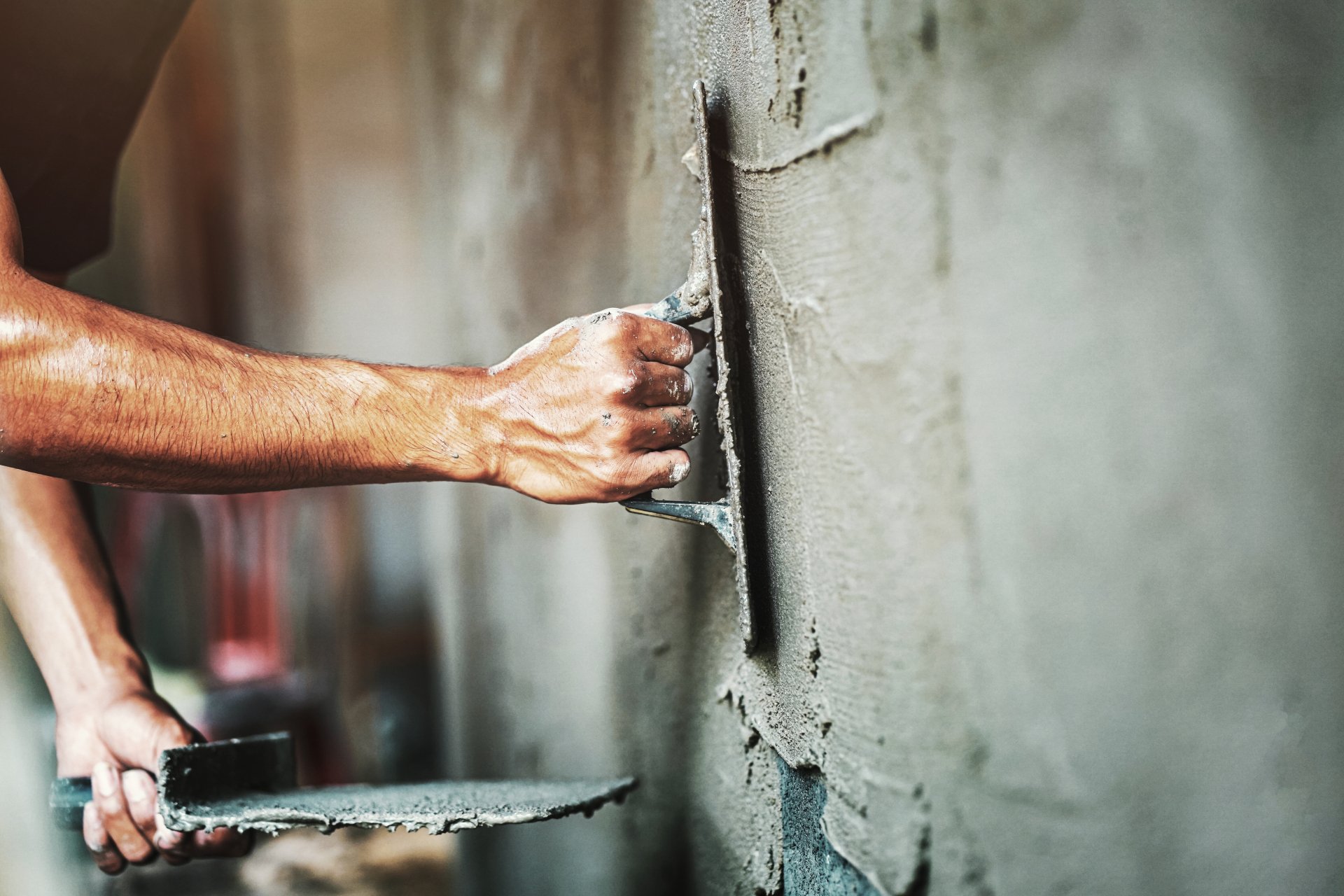
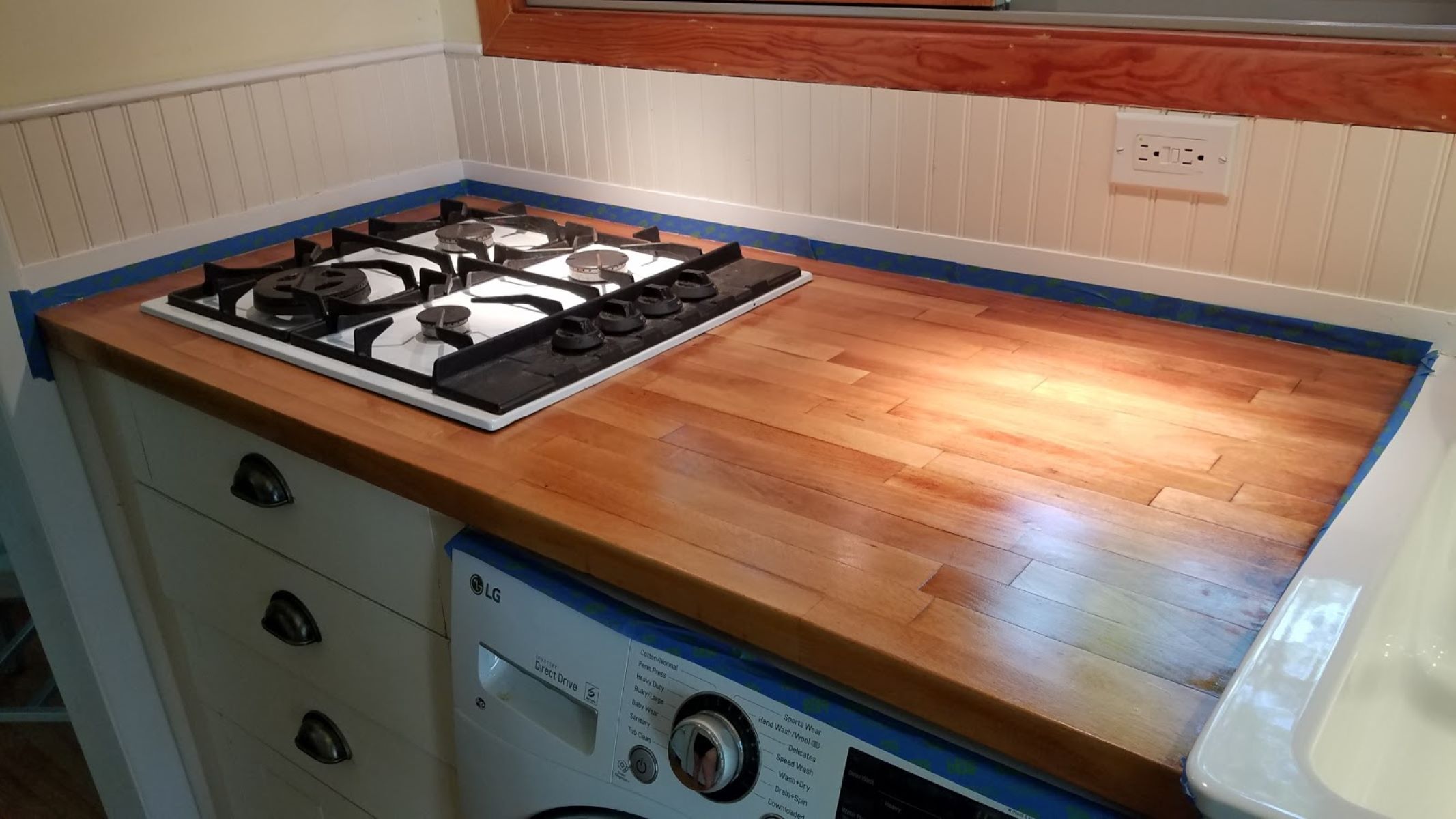


I like the info in this article. It is comprehensive. I began my search because I recently encountered a poly finished staircase that was quite slippery, especially if one was in socks, and I'm looking for a way to insure the stairs I refinish will not be slick